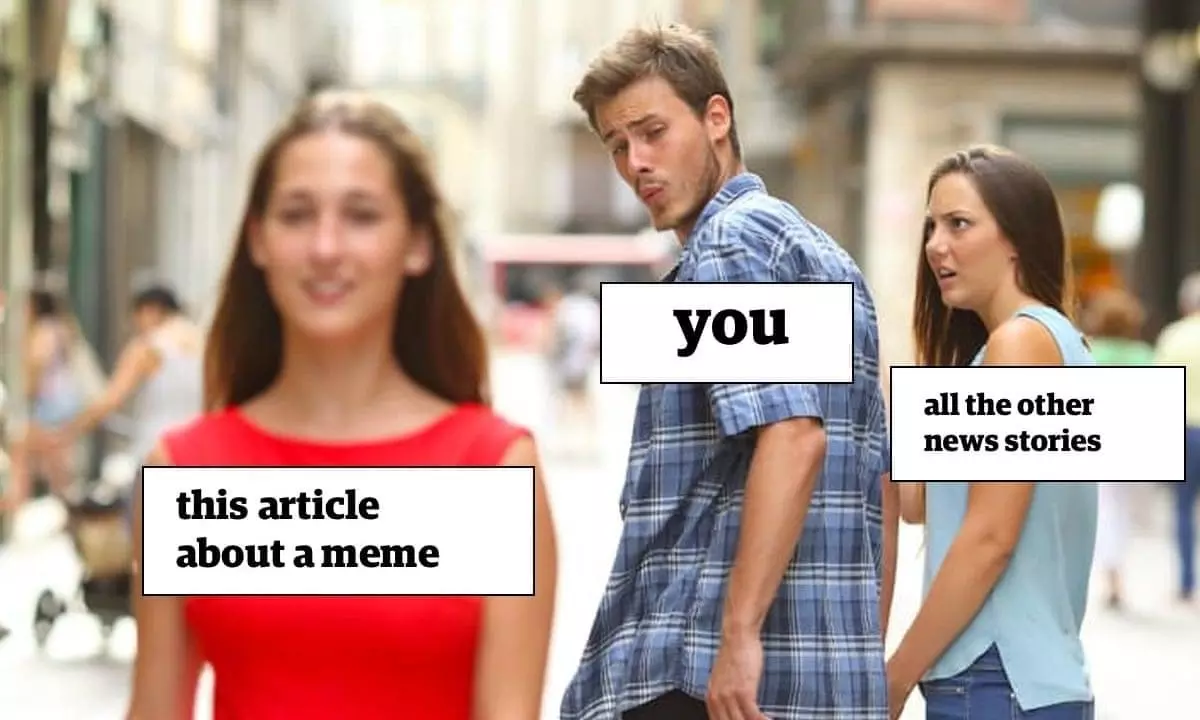Importance of Meme Culture in India

Memes have become ubiquitous in today’s day and age, changing the way we communicate, entertain, and perceive things around us. From viral photos and videos to trends and catchphrases, memes have transcended themselves from just an Internet phenomenon to a more important modern Internet landscape tool.
Memes often rely on humor, irony, and interrelatedness to convey their meaning due to which it became more relatable for people. It usually acts as a mirror to our society by reflecting on the beliefs, anxieties, and goals of our generation and also it documents the cultural shift happening in our society.
The word ‘Meme’ was coined by Richard Dawkins, an evolutionary biologist. In his book, ‘The Selfish Gene,’ he described a meme as an idea, behavior style, or usage of words, that spreads from person to person within a culture. Now, with the advent of the internet, this term is used to represent a cultural phenomenon in a digital world.
(Photo By: X)
Making memes also takes the creativity of a person to convey their meaning with some pictures, videos, or a small piece of text, and sharing it on social media sites, helps people to connect with each other. At times, people use memes as a stress reliever by reading or watching them.
Memes are a powerful tool of connection and expression in modern culture which spread quite rapidly. They are usually created for a wide range of topics from entertainment to politics and are even expressed quite uniquely. They can capture any complex topic and break them down in a relatable and fun way.
Memes often emphasize new trends going on in society and provide a platform for social and cultural discourse as well as political satire. They can change societal norms and can criticize current affairs, and political and social issues through irony and satire in a fun way.
Memes have a huge cultural impact in India as well, which is a sign of the nation's quickly changing digital environment. The following are some significant ways that memes affect Indian culture:
In India, memes are a strong form of political expression that is used to draw attention to social issues, challenge politicians, and influence public opinion. They are popular during elections as they provide a lighthearted and approachable way of discussing difficult topics. Memes were widely used to raise awareness and get support for movements such as the anti-corruption campaigns and the rallies against the Citizenship Amendment Act (CAA), they are used by many political parties as well.
Memes usually are based on social norms, traditions, and cultural peculiarities. They make fun of societal pressure, gender norms, arranged marriages, and daily living in Indian households and also offer a platform for talking about and questioning deeply ingrained cultural norms in a humorous way.
Bollywood and other regional film industries provide plenty of material for memes. There are many memes that are based on popular movie scenes, quotes, and the behavior of a celebrity at certain events. For Instance, movies like 'Hera Pheri', 'gangs of Wasseypur,' and 'Chup Chup Ke' are mostly used to create memes. Similarly, actors like 'Jaya Bachan' and 'Rakhi Sawant' are also famous for certain memes. This entertains and encourages the cultural influence of films and actors in daily life.
Memes also help in the building of online communities in India. By sharing it on social media sites like Facebook, Instagram, and WhatsApp, users feel more connected to one another and share their own experiences when they see it, majorly based on festivals, family, relationships, local events, or any other meme they relate to.
Memes are not only limited to people using them for leisure. Nowadays, big Indian companies also use memes to reach their target audience and appeal to younger audiences. These brands produce relatable and viral content by using current trends and pop culture. For instance, companies like 'Swiggy' and 'Zomato' use a lot of memes for marketing purposes.
(Photo By: X)
Memes are also used to spread information and increase public awareness of some important topics including social justice, environmental preservation, and health. For example; memes helped in spreading information about safety precautions and vaccination programs during the COVID-19 epidemic.
Memes provide an easy and humorous way to talk about mental health concerns in India, where conversations related to this subject are still stigmatized in many places. They create a supportive group by providing consolation and a sense of oneness to individuals going through such difficulties.
Memes have a special effect on India's youth, who consume a lot of digital content and they appeal to their interests and also give them a platform to express their thoughts, creativity, and humor. They significantly contribute to memes and set the meme trends.
Meme culture is now more widely accessible in India due to the widespread use of smartphones and affordable internet prices. Meme production and sharing have been made easier by apps like TikTok (before it was banned), Instagram Reels, and other meme generators, which have further fixed memes into everyday conversation.
In conclusion, memes are a very powerful cultural force in India that impacts social interaction, political discourse, communication, and entertainment. It holds an important place of India's contemporary cultural environment since it represents the nation's language diversity, social mores, and internet involvement. Memes are a very powerful tool of expression and can change and influence public opinion. However, it also has a different side just like everything else as memes can also play a role in spreading misinformation and can also contribute to internet toxicity.

